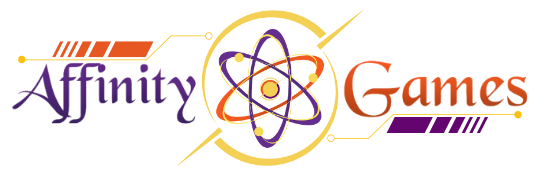
Magic The Gathering Myths New Players Should Stop Falling For!
Share
I’ve been playing Magic The Gathering since I was 12 years old, and even when I was merely a kitchen table player, I’ve had my fair share of MTG myths that were funny, misleading, and sometimes ridiculous. I’m here to dispel those myths so new players don’t fall into the same trap that I did.
If You’re New To Magic, Read This Article!
The myths that you’re about to read are mostly anecdotal and based on personal experience. Sometimes, you might hear these myths at your local game stores. Whether you consider them as myths are completely up to you.
This article is intended to keep new players from falling down a certain mindset about this hobby and to make sure that they also get started on the right foot.
#1 – It’s An Expensive Hobby
Getting into Magic as a hobby is pretty similar to getting into other hobbies, whether it’s collecting figures, customizing motorcycles and cars, joining Ironman races, and even as simple as going to the gym.
True, there are certain costs associated with getting into Magic the Gathering, but it doesn’t necessarily mean that you’re spending thousands of dollars the moment you get into it.
There are a lot of products that MTG provides to make it easy for new players to get into the game, no matter what format they get into.
- Preconstructed Decks and Challenger Decks are the best starter decks for new players to get a hold of if they want to play into Standard. These decks cost anywhere between $50 to $60, and you’re already pre-made decks ready to hit the ground running.
- Prerelease Kits are great for new players who want to start playing during a set’s release. Entry fees for Prerelease tournaments are somewhere $35 and $50, depending on the LGS.
Then it just boils down to player’s preference on how much he or she wants to spend on upgrading his or her deck.
But like I mentioned, it’s not an expensive hobby as long as you know how to manage your finances.
#2 – It’s An Investment
I’ve actually heard a couple of people say that they’re buying into MTG so they can speculate on cards that have the “potential” to go up in value in the later years.

But unless you’re running a game store, MTG cards are far from providing you with the ROI similar to investing in the stock market.
Channel Fireball talks about this phenomena in their article, and they provide good points as to why it’s a good idea to invest in cardboard.
However, if you’re a new player, you shouldn’t spend a lot of money outright on speculating cards that have no evidence of them going up in price within the next 5 to 10 years.
The reason why is that this skews your motives on getting into the game in the first place. If you want to build a deck to play with your friends or at your LGS, then you’d have to prioritize getting the cards that you want for the deck.
Some of the cards that experienced players speculate on are cards that aren’t playable in different formats. For example, fetch lands are worth anywhere between $30 to $50 a piece, but they aren’t playable in the Standard format, so it doesn’t make sense for new players to spend money on cards they can’t use.
#3 – Decks Can Run on Autopilot!
When given the chance, new players often copy other player’s decks so they don’t have to wrack their brains into coming up with something new.

Credits to Memebase
A lot of these new players copy decks from the top players in various tournaments, thinking that the decks are guaranteed to help them win in a tournament.
However, decks don’t run on autopilot no matter how good the deck’s synergy is. There are several factors that are taken into consideration when piloting a deck. Most of the time, a particular deck outperforms the others because of player nuances, from their decision-making abilities to their abilities to making clutch plays.
So just because you copied a decklist of Temur Elementals from a professional player doesn’t mean you’re guaranteed the same results as him or her.
#4 – You Need Competitive Decks To Win Tournaments!
Not true. Again, this boils down to player nuances and skill level.

Credits To CardboardCrack.
I can have a professional player run a Challenger Deck and he would still have a good chance of securing a top spot in the tournament because of how his experience and skills.
#5 – Competitive Decks Are Expensive!
If we’re talking about Standard, this is merely an assumption. There are several decks in the meta right now that are considered top tier and are also being played by professional players.
These decks cost between $30 to $60, and are also quite popular with a lot of players.
- Mono Blue Aggro – Average spending of $40
- Mono Red Aggro – Average spending of $50
If you check out MTGGoldfish and Hareruya, you’ll find that both decks are listed under their metagame and that you’ll see these decklists being played in online or local tournaments and getting results.
So, there you have it.
If you think there are other myths that you’ve probably heard somewhere else or read online, let me know in the comment section below.
